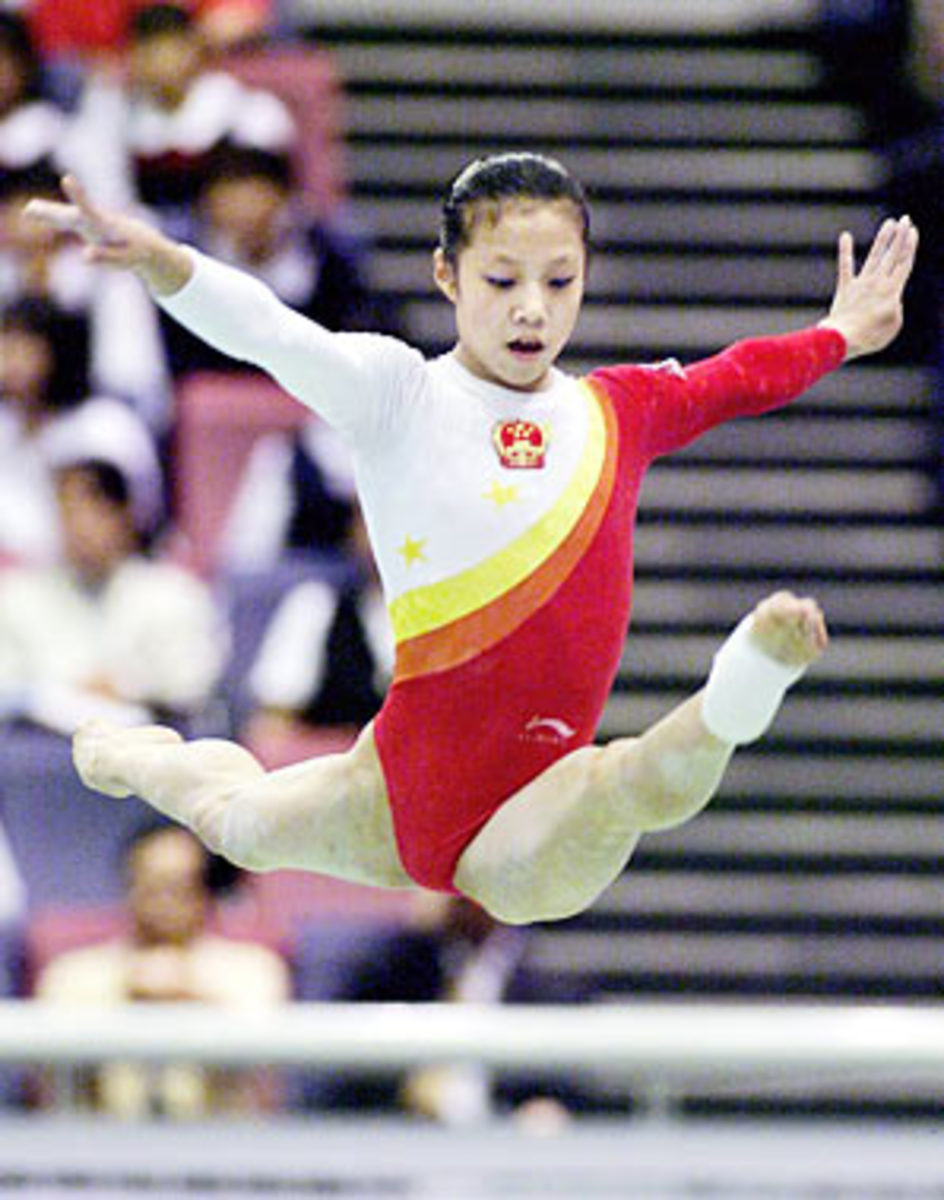Solinsky sets 10,000 U.S. record; Chinese gymnasts lose medal
Everything was set up for a U.S. record last Saturday in the 10,000 at the Payton Jordan Cardinal Invitational at Stanford. The weather was crisp and cool, the pacers were in place, and Galen Rupp, the former Oregon star, was in shape to go under the mark of 27 minutes, 13.98 seconds set on the same track by Meb Keflezighi in 2001. All went according to plan for Rupp, who ran the distance in 27:10.74. But it wasn't enough.
In a sign that U.S. distance running is moving in the right direction -- and quickly -- Chris Solinsky, a Wisconsin grad who had never run the 10,000 in competition, reached the line first in 26:59.60, smashing Keflezighi's U.S. record by a whopping 14 seconds. Kenya's Daniel Salei was second in 27:07.85, followed by Sam Chelanga in 27:08.39. Rupp finished fourth.
Solinsky has primarily been a miler and 5,000 runner, capturing NCAA titles in 2006 and 2007, and placing fifth at the 2008 Olympic trials. He also won a Big Ten title at 1,500. Since the trials, he has spent most of his time training in Oregon and had taken a back seat to Rupp.
All the more remarkable, Solinsky said he felt a stitch in his side midway through the race and considered pulling off to the side until the pain subsided. He passed Rupp in the final two laps and finished with decisive splits of 60.0 and 56.2 seconds to pull away for a stunning victory.
•It took 10 years, but the 2000 U.S. women's gymnastics team was finally awarded a bronze medal in the team competition last week. The honor came after Dong Fangxiao, a member of the Chinese team that originally won the bronze, was found to be too young at the time of competition. The International Gymnastics Federation announced it would strip China of its bronze medal, moving the U.S. up one spot from fourth place. Romania and Russia won gold and silver in the event.
Dong also lost credit for finishes in two events in which she qualified for the apparatus finals: sixth place in the floor exercises and seventh in the vault. She did not qualify for the all-around finals.
Dong was just one athlete in a long list of youthful looking gymnasts on the Chinese team in Sydney. She revealed her true age through two slip-ups. First, while working as a technical official at the Beijing Games in 2008, she listed her birthday as Jan. 23, 1986. That would have made her 14 in Sydney, which is a violation of the rule that states athletes must be 16 in the calendar year of the competition. She also runs a blog in which she said she was born in the year of the zodiac, a timeline that did not mesh with the age she listed at the time of the 2000 Olympics, which was Jan. 20, 1983.
The U.S. gymnastics team included Amy Chow, now a licensed surgeon at Stanford; Jamie Dantzscher, a coach in Arizona; Dominique Dawes, who appeared in the Broadway production of Grease and served for two years as the president of the Women's Sports Foundation; Kristen Maloney, a pre-school teacher in Queens, N.Y.; Elise Ray, a performer with the Cirque Du Soleil show "O" in Las Vegas; and Tasha Schwikert, who has spent time as both a gymnastics commentator and stunt double for television.
•Paralympic judoka Myles Porter made history on Saturday, becoming the first visually impaired athlete to win a medal at the U.S. judo championships in an open division. Porter won a silver medal in the 100-kilogram class. Kyle Vashkulat threw Porter for a counter ippon midway through their championship match to spoil Porter's bid for a gold medal.
Porter, who lives at the Olympic Training Center in Colorado Springs, won gold at the blind World Championships in March and placed fifth at the 2008 Paralympics in Beijing. A gold medal would have given Porter a berth on the senior world team and would have eased the financial burden on the athlete, who has been soliciting sponsors and getting by on a quarterly stipend of $250.
Porter has been visually impaired since birth and learned his sport growing up in Freemont, Ohio, where he also wrestled. He has ten percent of a normal person's vision. He follows in the footsteps of Marla Runyan, a legally blind runner who made the 2000 U.S. Olympic team in the 1,500 meters and placed eighth in Sydney.






